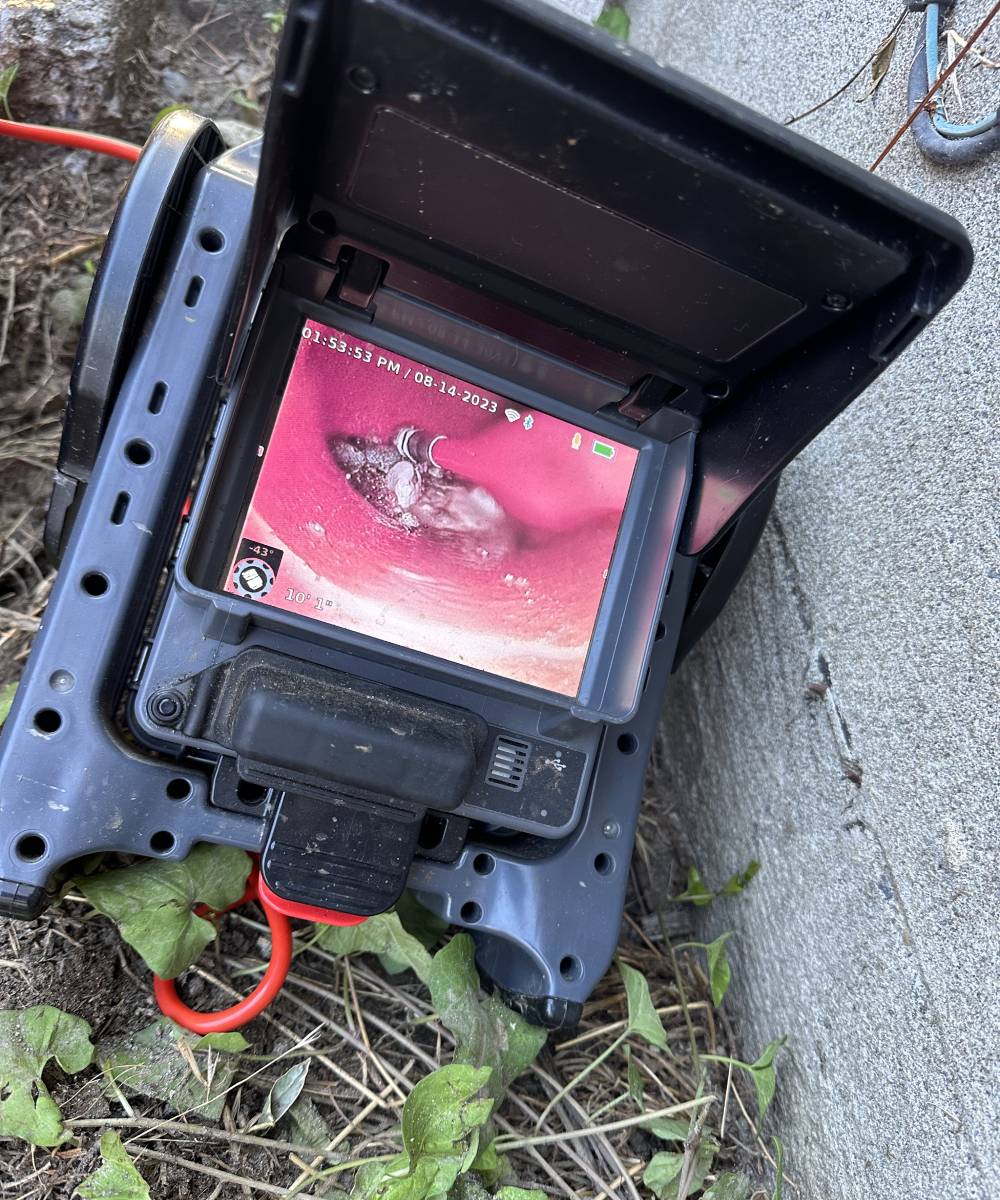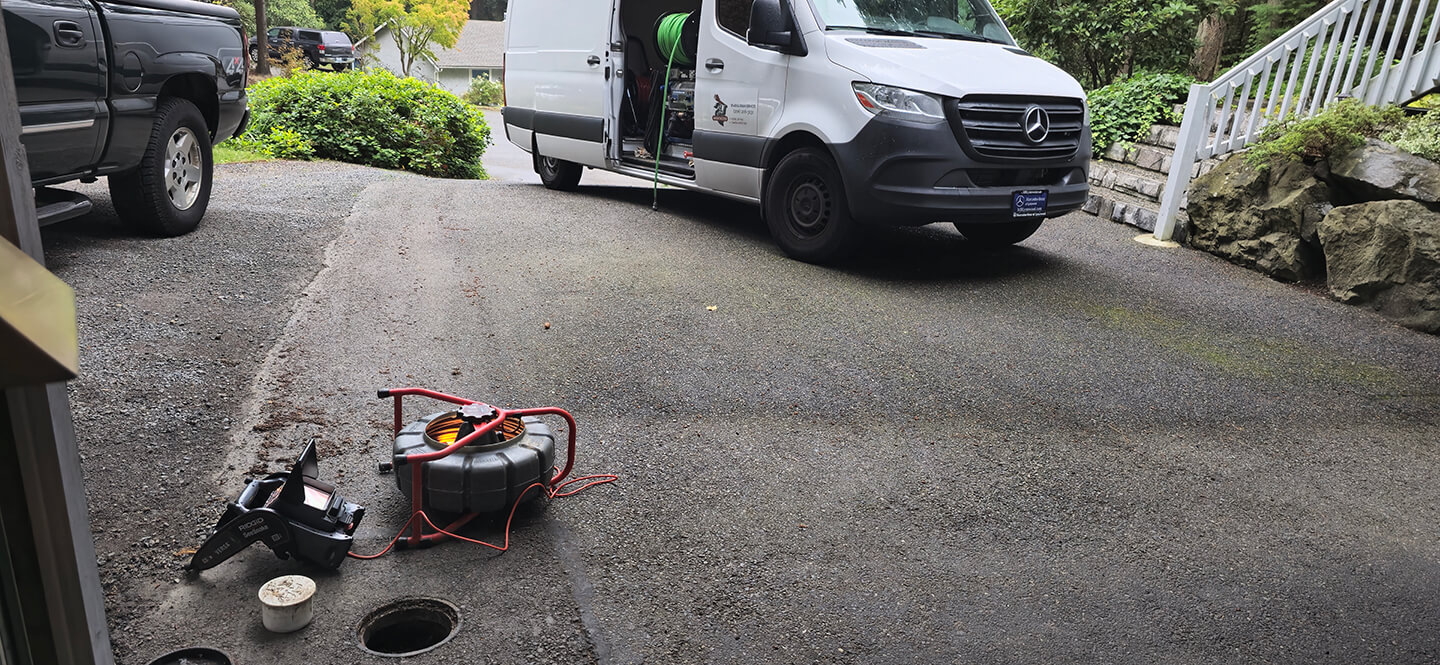In the pursuit of sustainable construction, green building certifications like LEED, WELL, and BREEAM have become benchmarks for environmental responsibility. These certifications prioritize energy efficiency, water conservation, and occupant health, placing plumbing systems under scrutiny. Hydro jetting, a high-pressure, water-based pipe cleaning method, emerges as a powerful ally in achieving these standards. By offering an eco-friendly alternative to traditional plumbing maintenance, hydro jetting supports green building goals while ensuring long-term system performance. This article explores how hydro jetting contributes to green building certifications, its benefits, and best practices for implementation.
What Is Hydro Jetting?
Hydro jetting is a cutting-edge plumbing technique that uses high-pressure water to clean pipes and remove blockages. Unlike traditional methods that rely on chemicals or mechanical snaking, hydro jetting offers a sustainable solution that aligns with green building principles.
The Hydro Jetting Process
Hydro jetting involves pumping water at pressures up to 4,000 PSI through specialized nozzles into plumbing systems. These nozzles direct powerful streams to clear grease, scale, roots, and debris from pipe walls. Professionals often use video inspection tools to assess blockages before jetting, ensuring precision and preventing damage to pipes. The process is fast, effective, and requires no invasive digging, making it ideal for modern plumbing systems.
Why It’s Considered Eco-Friendly
Hydro jetting relies solely on water, eliminating the need for chemical cleaners that can pollute waterways and soil. It produces minimal waste and reduces the environmental footprint of plumbing maintenance. By maintaining clean pipes, hydro jetting also prevents leaks and water loss, supporting sustainability goals critical to green building certifications.
Understanding Green Building Certifications
Green building certifications set rigorous standards for sustainable construction and operation. They evaluate buildings based on energy use, water conservation, material selection, and occupant well-being. Plumbing systems play a critical role in meeting these standards, and hydro jetting offers a practical solution to comply.
Overview of LEED, WELL, and BREEAM
- LEED (Leadership in Energy and Environmental Design): Administered by the U.S. Green Building Council, LEED emphasizes energy and water efficiency, sustainable materials, and indoor environmental quality. Over 100,000 projects worldwide are LEED-certified, saving an average of 25% on energy and 11% on water compared to non-certified buildings.
- WELL: Focused on occupant health, WELL prioritizes air and water quality, ensuring plumbing systems are free of contaminants.
- BREEAM (Building Research Establishment Environmental Assessment Method): A global standard, BREEAM evaluates sustainability across a building’s lifecycle, including maintenance practices.
Key Criteria for Plumbing in Green Certifications
Plumbing systems contribute to certification points through:
- Water Efficiency: Reducing water waste through efficient fixtures and maintenance.
- Indoor Environmental Quality: Preventing mold, odors, and bacteria from clogged pipes.
- Sustainable Maintenance: Using non-toxic, environmentally friendly cleaning methods.
Hydro jetting addresses all three criteria, making it a valuable tool for certification compliance.

How Hydro Jetting Supports Green Building Goals
Hydro jetting aligns with green building objectives by offering a sustainable, efficient, and health-conscious approach to plumbing maintenance. Its benefits directly contribute to certification criteria.
Chemical-Free Pipe Cleaning
Traditional pipe cleaning often involves chemical drain cleaners that release volatile organic compounds (VOCs) into the environment. Hydro jetting uses only water, eliminating hazardous waste and supporting LEED’s “Materials and Resources” category. This chemical-free approach ensures compliance with strict environmental regulations and protects local ecosystems.
Water Efficiency and Conservation
Hydro jetting is remarkably water-efficient. A single session, using approximately 20 gallons per minute, can restore pipes to optimal flow, preventing leaks that waste thousands of gallons annually. For example, a small leak can waste up to 10,000 gallons of water per year, undermining LEED’s Water Efficiency credits. Hydro jetting’s precision minimizes water usage while maximizing impact, making it a cornerstone of sustainable plumbing.
Preventing Costly Repairs Through Maintenance
Clogged or corroded pipes can lead to costly repairs and replacements, increasing a building’s environmental footprint. Hydro jetting removes buildup that causes corrosion, extending pipe lifespan and reducing the need for resource-intensive replacements. This aligns with BREEAM’s focus on lifecycle sustainability, as well-maintained pipes contribute to long-term operational efficiency.
Enhancing Indoor Environmental Quality
Clogged pipes can harbor bacteria like E. coli and Salmonella, leading to odors and poor air quality. Hydro jetting thoroughly cleans pipes, removing debris that causes health hazards. This supports WELL’s emphasis on occupant health by ensuring clean water systems and odor-free environments, critical for high-traffic buildings like offices and hotels.
Hydro Jetting in Commercial vs. Residential Settings
Hydro jetting’s versatility makes it effective in both commercial and residential settings, addressing unique challenges in each.
Applications in Commercial Buildings
Commercial facilities, such as restaurants and hotels, face frequent grease and debris buildup due to high usage. Hydro jetting clears these blockages efficiently, supporting LEED and WELL certification goals. For example, a restaurant’s grease traps can be cleaned without chemicals, maintaining compliance with environmental standards while ensuring operational uptime.
Benefits for Residential Green Homes
Homes pursuing green certifications often use low-flow fixtures, which are prone to clogs due to reduced water pressure. Hydro jetting keeps these systems clear, preventing water waste and maintaining efficiency. Homeowners benefit from cleaner pipes, lower maintenance costs, and alignment with sustainability goals.
Best Practices for Implementing Hydro Jetting in Green Buildings
To maximize hydro jetting’s benefits, follow these best practices to ensure safety, efficiency, and compliance with green standards.
Professional Assessment and Video Inspection
Before hydro jetting, professionals should use CCTV cameras to inspect pipes for damage or weaknesses. This ensures the pipes can withstand high-pressure water, preventing costly mishaps. Video inspections also pinpoint blockages, allowing targeted cleaning that saves time and water.
Choosing the Right Equipment and Pressure Levels
Hydro jetting equipment must be tailored to the pipe material and condition. For example, PVC pipes require lower pressure (1,500–2,500 PSI) than metal pipes (up to 4,000 PSI). Specialized nozzles, like chisel or rotating nozzles, address specific clogs, such as roots or grease, enhancing efficiency.
Regular Maintenance Schedules
Preventative maintenance is key to green building compliance. Annual hydro jetting for residential properties and biannual sessions for commercial buildings keep pipes clear and efficient. Regular schedules reduce emergency repairs, aligning with certification requirements for sustainable operations.
Why Choose KnightRooter for Eco-Friendly Plumbing Solutions
KnightRooter specializes in sustainable plumbing solutions, with hydro jetting as a cornerstone of its eco-friendly services. Using state-of-the-art equipment and trained professionals, KnightRooter ensures precise, chemical-free pipe cleaning that supports green building certifications. Whether you’re managing a commercial facility or a residential green home, KnightRooter delivers tailored solutions to meet your sustainability goals. Contact KnightRooter today to explore how hydro jetting can enhance your plumbing system’s efficiency and environmental impact.
Explore More Resources
For more information on sewer line maintenance and repair, visit our service pages:
- Water Hydro-jetting Everett
- Water Hydro-jetting Edmonds
- Water Hydro-jetting Seattle
- Water Hydro-jetting bothell
- Water Hydro-jetting Kirkland
- Water Hydro-jetting Lynnwood
- Water Hydro-jetting Woodinville
- Water Hydro-jetting Snohomish
- Water Hydro jetting Bellevue
AFQ
What is hydro jetting, and how does it work?
Hydro jetting uses high-pressure water to clear blockages and clean pipes without chemicals, ensuring a thorough and eco-friendly solution.
How does hydro jetting support green building certifications?
It reduces chemical use, conserves water, extends pipe lifespan, and improves indoor air quality, aligning with LEED, WELL, and BREEAM criteria.
Is hydro jetting safe for all pipes?
Yes, when performed by professionals who assess pipe condition and adjust pressure levels to avoid damage.
How often should hydro jetting be performed?
Residential properties benefit from annual sessions, while commercial buildings may require jetting every 6–12 months.
Can hydro jetting improve indoor air quality?
Yes, by removing bacteria and debris that cause odors, hydro jetting enhances air quality and occupant health.
For professional and fast drain cleaning Bothell, drain cleaning Seattle, and drain cleaning Bellevue, contact KnightRooter. Our team is ready to provide the best solutions for your drain issues.





No comment yet, add your voice below!